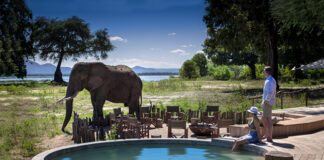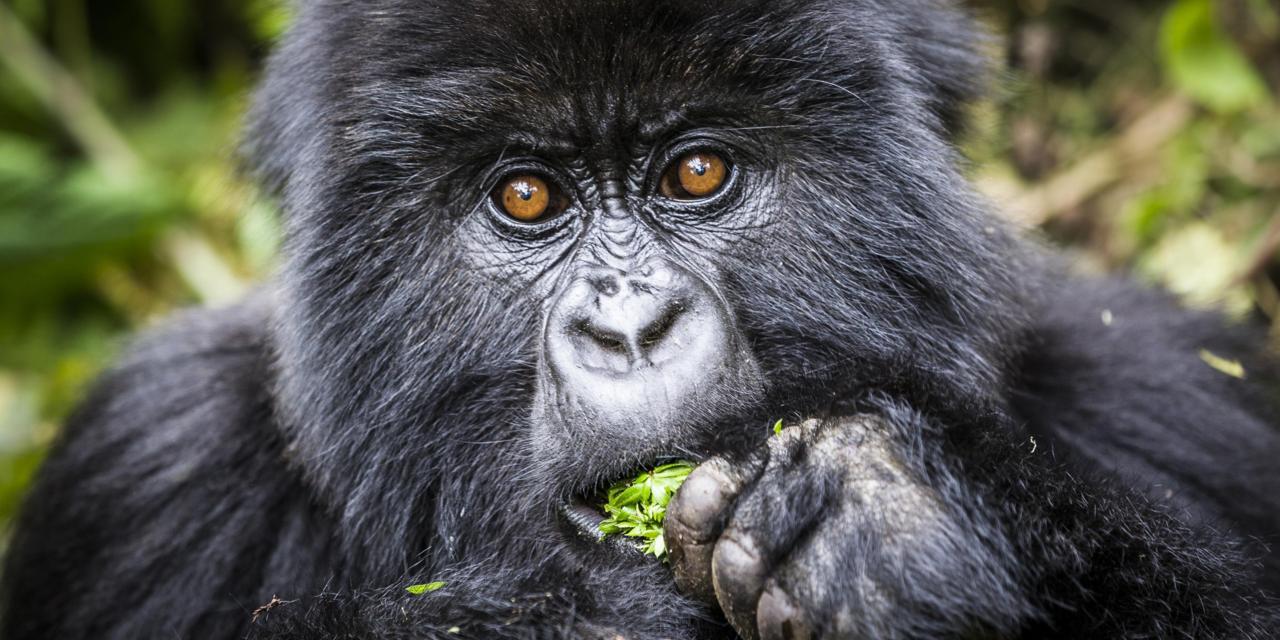Côte d’Ivoire (also: Ivory Coast) is a country in West Africa with a southerly facing North Atlantic Ocean coast. It is bordered by Ghana to the east, Liberia to the west, Guinea to the northwest, Mali to the north, and Burkina Faso to the northeast.
Tropical along coast, semiarid in far north; three seasons – warm and dry (November to March), hot and dry (March to May), hot and wet (June to October). The coast has heavy surf and no natural harbours; during the rainy season torrential flooding is possible.
Mostly flat to undulating plains; mountains in the northwest. Most of the inhabitants live along the sandy coastal region. Apart from the capital area, the forested interior is sparsely populated. The highest point is Mont Nimba (1,752 meters).
From the soaring grass-clad mountains of Mount Nimba in the north to the lagoons and roaring Atlantic waves of the south, the mist-topped rain forests where chimps live in the west to the sweeping plantations of cocoa and plantains in the east, the Ivory Coast represents one seriously huge slab of West Africa.
Yes, the nation’s certainly had its fair share of troubles, with coups and military juntas and Ebola to name just three, but travellers do still come.
They come to hike the empty paths of Taï and Comoe, to sample spicy cassava and cashew curries between the mud-caked streets of Korhogo, to witness curious primates swinging in the trees, and experience the energy of Abidjan – the country’s great metropolis of more than four million.
And then there are the beaches, fringed with age-stained French towns and colonial relics, sloping down to the sea in colours of yellow, white and, well, ivory!








